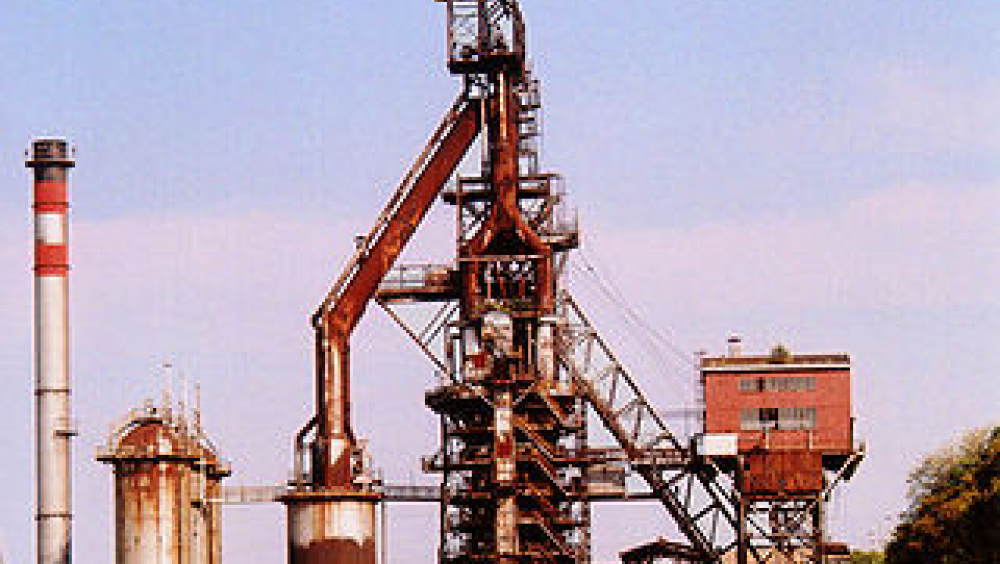Blast furnaces of Sestao
We will tell you the most important good our country has left. Blast furnaces were built in Sestao and were very important in Spain and Europe.
Introduction
On the left bank of the Nervión River we find the remains of what used to be the most important industry of the Spanish State, those corresponding to the Bizkaia blast furnaces, and among them the one that was in operation from the end of the fifties until its final extinction in 1995. The persistence of wages, the increase in profits due to the rise in selling prices and the end of the autarchy of the early years of the Francoist dictatorship made it possible to build blast furnaces in the 1950s. Thus, it was planned to build six new furnaces, which were finally built by the German company G. H. H. , called "Gemelos". The space occupied by the four previous furnaces was reused, between the "La Benedicta" pier, the Renfe roads and the Nervión estuary. Today, only one remains standing, the 1 that was erected in 1959. Blast furnaces.
Description
It is an uninterrupted barrel furnace of American style. It is a vertical axis structure, covered with a mesh of sheet metal welded to the outside and with refractory material to the inside. Thus, brick with aluminium has been used in the vat and mass of carbon in the crucible. The support of this crucible is a curved beam, typical of this type of furnace. The cooling process used arrow water taken directly from the estuary and pumped to two reservoirs. Through it the water passed to 440 boxes inserted into the outer structure. The production system of this type of blast furnace begins at the top or in the gutter, through which the iron enters that functions as cast iron, a mixture of coconuts and sandstone. Other elements are set on fire from the base, which are burned and removed from the two separate drinking troughs as they are reduced. They then go out to the boiler room, where a pneumatic drill and an electric gun control the opening and closing of the sinks. The loads are continuously placed from above and inserted from the top by means of nozzles of hot water at 900oC from the stoves. In previous furnaces ore and coal were loaded manually, but in these blast furnaces individual inclined hoists (skips) were placed which, after screening of the load, were directed from the storage silos to the gutter.
Valuation
It can be considered the main witness of the steel industry of the 20th century in the Basque Country, as well as an element of cultural heritage. From the bucket of history, technology, iconography, landscape and value for the human being, it must be given the highest value. If we compare this merit with other industrial cultural assets, the BLGs Blast Furnace is undoubtedly the first Basque Industrial Heritage Site. For this reason, it was declared Cultural Heritage with the category of Monument in 2005. The protected space includes the blast furnace itself, with several complementary elements corresponding to its former operation: three stoves, gas collector, purification system and coladanabe.
PHOTO: Blast furnaces of Sestao. Photo taken by José P. (07/05/2006)
